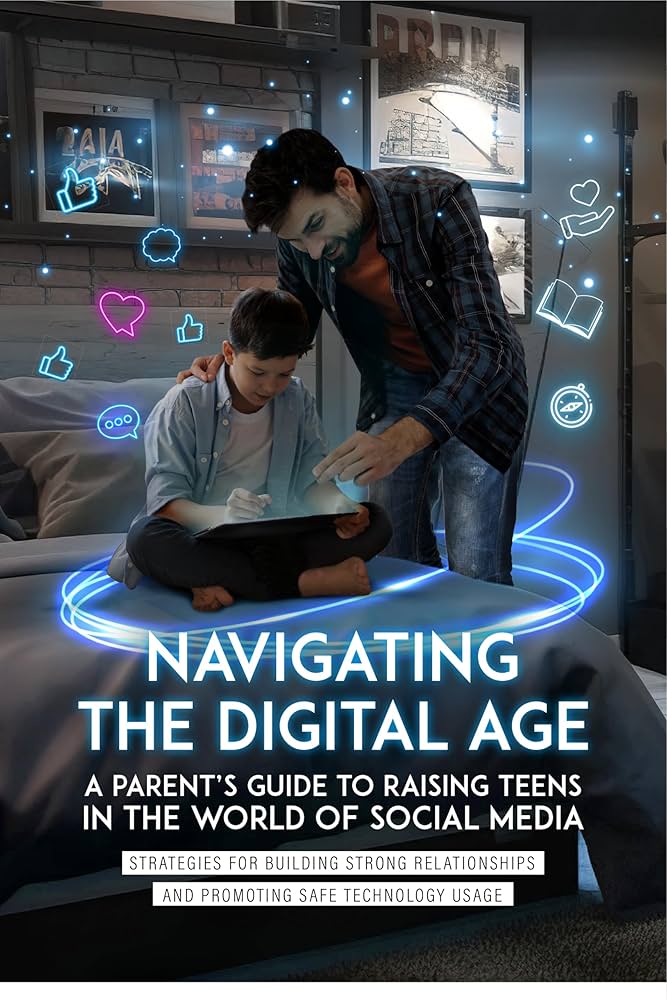In today’s digital age‚ children have unprecedented access to a vast ocean of information‚ both beneficial and detrimental. Navigating this online world requires guidance and protection‚ making parental controls a crucial tool for modern families. These controls aim to filter inappropriate content‚ manage screen time‚ and monitor online activity‚ but their effectiveness is a subject of ongoing debate and scrutiny. Understanding the capabilities and limitations of parental controls is essential for parents seeking to create a safer online environment for their children.
Understanding Parental Controls
Parental controls encompass a range of tools and techniques designed to limit children’s exposure to potentially harmful content online. These tools can be implemented at various levels‚ from operating systems and web browsers to dedicated software and hardware solutions.
Types of Parental Controls
- Content Filtering: Blocking access to websites and apps based on pre-defined categories or keywords.
- Screen Time Management: Setting limits on the amount of time children can spend on devices or specific apps.
- Activity Monitoring: Tracking children’s online activity‚ including websites visited‚ searches performed‚ and social media interactions.
- App Blocking: Preventing children from downloading or using specific apps.
- Location Tracking: Monitoring the physical location of a child’s device.
The Effectiveness of Parental Controls
While parental controls offer valuable protection‚ their effectiveness is not absolute. Several factors can influence how well they perform‚ including the sophistication of the technology‚ the child’s technical skills‚ and the parents’ involvement.
Limitations of Parental Controls:
- Circumvention: Tech-savvy children may find ways to bypass or disable parental controls.
- False Positives/Negatives: Filters may block harmless content or fail to block inappropriate content.
- Limited Scope: Some controls may not be effective on all platforms or devices.
- Evolving Content: The internet is constantly changing‚ and filters may struggle to keep up with new threats.
Best Practices for Using Parental Controls
To maximize the effectiveness of parental controls‚ parents should adopt a comprehensive approach that combines technology with open communication and education.
Tips for Effective Implementation
- Choose the Right Tools: Select parental control solutions that meet your specific needs and the age of your child.
- Configure Settings Carefully: Customize settings to block specific content and limit screen time appropriately.
- Communicate with Your Child: Explain why you are using parental controls and discuss online safety issues openly.
- Monitor Activity Regularly: Review activity reports to identify potential problems and address them proactively.
- Stay Informed: Keep up-to-date with the latest online threats and adjust your parental control settings accordingly.
FAQ: Parental Controls
Q: Are parental controls a substitute for parental involvement?
A: No‚ parental controls are a tool to supplement‚ not replace‚ active parental involvement. Open communication and education are crucial.
Q: Can my child bypass parental controls?
A: It’s possible‚ especially for tech-savvy children. Regularly check settings and have open conversations about online safety.
Q: What are the best parental control apps?
A: The best app depends on your needs. Research and compare features and reviews before choosing.
Q: How do I talk to my child about online safety?
A: Start early‚ be honest and open‚ and focus on empowering them to make safe choices.
Q: Are parental controls effective on all devices?
A: No‚ effectiveness can vary. Check compatibility and features for each device.
The Future of Parental Controls
The landscape of parental controls is constantly evolving‚ driven by advancements in technology and the ever-changing nature of the internet. Future iterations of these tools are likely to incorporate more sophisticated artificial intelligence (AI) and machine learning (ML) capabilities to better detect and filter inappropriate content. Furthermore‚ integration with virtual reality (VR) and augmented reality (AR) platforms will become increasingly important as these technologies become more mainstream.
Emerging Trends in Parental Control Technology
- AI-Powered Content Analysis: Using AI to analyze text‚ images‚ and videos in real-time to identify potentially harmful content.
- Behavioral Analysis: Monitoring children’s online behavior patterns to detect signs of cyberbullying‚ online grooming‚ or other risky activities.
- Personalized Filtering: Tailoring content filters to individual children’s needs and interests.
- Integration with VR/AR: Developing parental controls specifically designed for virtual and augmented reality environments.
- Gamification of Online Safety: Using game-like elements to teach children about online safety and responsible internet use.
Ultimately‚ the goal of parental controls is not simply to restrict access to information‚ but to empower children to navigate the online world safely and responsibly. This requires a holistic approach that combines technology‚ education‚ and open communication.
Parental controls are a valuable tool in the ongoing effort to protect children online‚ but they are not a panacea. Their effectiveness hinges on a combination of factors‚ including the technology itself‚ the parents’ active involvement‚ and the child’s understanding of online safety. By adopting a comprehensive approach that combines technological safeguards with open communication and education‚ parents can create a safer and more positive online experience for their children.

